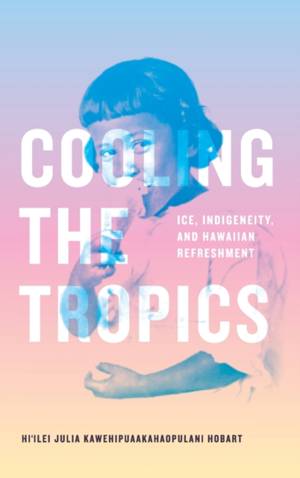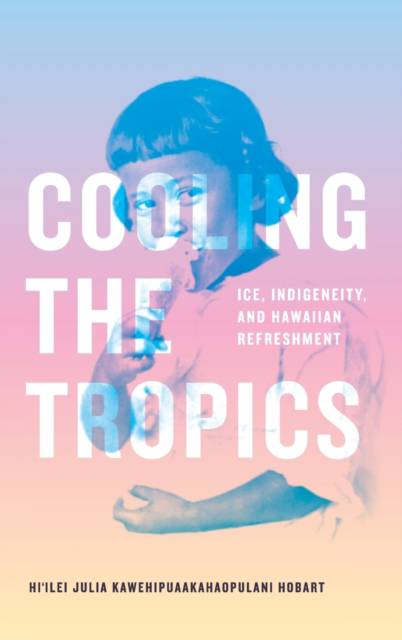
- Afhalen na 1 uur in een winkel met voorraad
- Gratis thuislevering in België vanaf € 30
- Ruim aanbod met 7 miljoen producten
- Afhalen na 1 uur in een winkel met voorraad
- Gratis thuislevering in België vanaf € 30
- Ruim aanbod met 7 miljoen producten
Zoeken
Cooling the Tropics
Ice, Indigeneity, and Hawaiian Refreshment
Hi'ilei Julia Kawehipuaakahaopulani Hobart
€ 152,95
+ 305 punten
Uitvoering
Omschrijving
Beginning in the mid-1800s, Americans hauled frozen pond water, then glacial ice, and then ice machines to Hawaiʻi-all in an effort to reshape the islands in the service of Western pleasure and profit. Marketed as "essential" for white occupants of the nineteenth-century Pacific, ice quickly permeated the foodscape through advancements in freezing and refrigeration technologies. In Cooling the Tropics Hiʻilei Julia Kawehipuaakahaopulani Hobart charts the social history of ice in Hawaiʻi to show how the interlinked concepts of freshness and refreshment mark colonial relationships to the tropics. From chilled drinks and sweets to machinery, she shows how ice and refrigeration underpinned settler colonial ideas about race, environment, and the senses. By outlining how ice shaped Hawaiʻi's food system in accordance with racial and environmental imaginaries, Hobart demonstrates that thermal technologies can-and must-be attended to in struggles for food sovereignty and political self-determination in Hawaiʻi and beyond. Duke University Press Scholars of Color First Book Award Recipient
Specificaties
Betrokkenen
- Auteur(s):
- Uitgeverij:
Inhoud
- Aantal bladzijden:
- 264
- Taal:
- Engels
- Reeks:
Eigenschappen
- Productcode (EAN):
- 9781478016557
- Verschijningsdatum:
- 16/12/2022
- Uitvoering:
- Hardcover
- Formaat:
- Genaaid
- Afmetingen:
- 152 mm x 229 mm
- Gewicht:
- 521 g

Alleen bij Standaard Boekhandel
+ 305 punten op je klantenkaart van Standaard Boekhandel
Beoordelingen
We publiceren alleen reviews die voldoen aan de voorwaarden voor reviews. Bekijk onze voorwaarden voor reviews.








